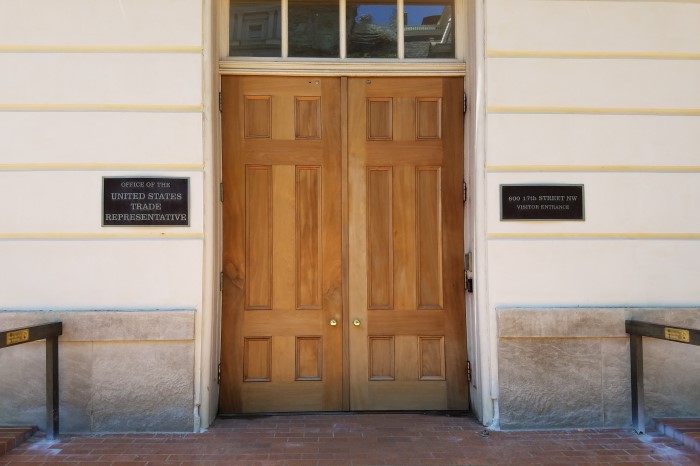
NASHVILLE, TN – Since “Liberation Day” on April 1, tariffs and trade talks have been a constant headline. The administration’s tariff-based approach, using the size of the U.S. economy as leverage, has created uncertainty across both agricultural and non-ag industries. The main concern remains: who ultimately pays the cost of tariffs?
In the short run, sellers often absorb some tariff costs to maintain market share, holding off on passing them to consumers. But if tariffs persist, businesses may raise prices to protect margins. That long-term shift could eventually filter into the Consumer Price Index.
So far, CPI impacts have been limited. July 2025 data show a 0.2 percent monthly increase for all items, with food unchanged and energy down 1.1 percent. Year-over-year, CPI rose 2.7 percent, while food climbed 2.9 percent and food away from home jumped 3.9 percent. Energy fell 1.6 percent. Economists say these numbers remain within normal ranges, despite recent inflationary history, but the longer-term effect of sustained tariffs remains unclear.